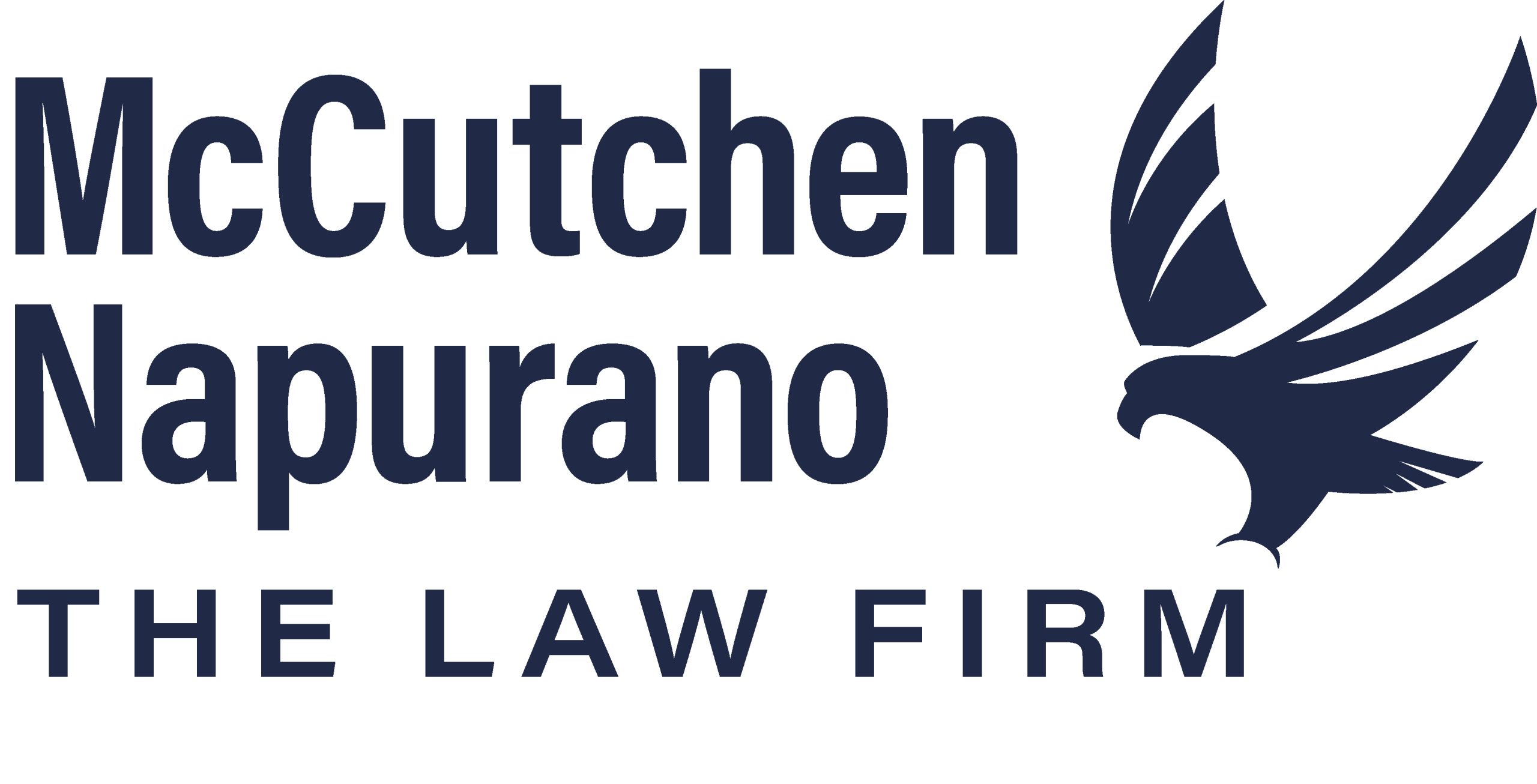Posted on Tuesday, April 1st, 2025 at 9:00 am
 When you pursue compensation in a personal injury claim for losses you sustain due to an accident caused by another party’s negligence, you will need evidence to prove that party’s fault. Having surveillance footage for claims can provide strong evidence to prove liability for your injuries and losses. Footage can help identify who caused an accident or offer circumstantial evidence that allows a factfinder to infer a party’s liability for the accident.
When you pursue compensation in a personal injury claim for losses you sustain due to an accident caused by another party’s negligence, you will need evidence to prove that party’s fault. Having surveillance footage for claims can provide strong evidence to prove liability for your injuries and losses. Footage can help identify who caused an accident or offer circumstantial evidence that allows a factfinder to infer a party’s liability for the accident.
Sources of Surveillance Footage
After an accident, you might obtain surveillance footage of the accident or other relevant events from various sources, such as:
- Store security cameras
- Building exterior security cameras
- Doorbell/porch cameras
- Vehicle dashcams
- Bicycle/motorcyclist helmet cameras
- Bystander cell phone cameras
- Traffic cameras
How Surveillance Footage Is Used in Personal Injury Claims
Surveillance footage can provide critical evidence for personal injury cases. Sometimes, a surveillance camera may capture the accident that led to the personal injury claim, providing an objective view of what happened to allow an insurance company or jury to identify the party or parties at fault for the accident. Footage can corroborate one party’s description of an accident.
Alternatively, surveillance footage may capture events before or after an accident that may provide circumstantial evidence for a personal injury claim. For example, a surveillance camera that covers a portion of an intersection may show a traffic light turning green moments before an accident, allowing an insurance company or jury to infer that a driver in the crossing street had a red light and thus caused the accident in the intersection by running the red light.
How to Obtain Surveillance Footage for Your Claim
Obtaining surveillance footage for a personal injury claim may require pursuing processes. When you record surveillance footage of an accident, such as with a vehicle dashcam, helmet camera, or cell phone, you should preserve copies of that footage in multiple locations, including on hard drives, physical storage devices, and cloud storage. However, obtaining surveillance footage from other parties will require additional steps. First, you should contact a party with surveillance footage and ask them to preserve it. For example, businesses with surveillance cameras may have data retention policies that involve regularly deleting surveillance footage after a certain period, such as after a week or a month, unless the business has a reason to preserve the footage.
The process of obtaining footage can vary depending on the source. You may obtain footage from another party in your personal injury case during discovery after you file a lawsuit. When third parties have footage, you can request a copy; however, if the third party declines to provide the footage voluntarily, you might have the right to subpoena the party to compel disclosure of the footage. Obtaining footage from government surveillance cameras, such as CCTV or traffic cameras, may prove more challenging. Depending on which agency owns the camera, you might file an official request form for the footage. Alternatively, you may have to submit a public records request for the footage. Finally, some agencies’ policies do not permit releasing copies of footage, potentially requiring you to pursue complex litigation to obtain the footage if necessary for your case.
Legal Use of Surveillance in Claims
 Using surveillance footage in a personal injury case can involve various legal considerations. First, admitting surveillance footage in a personal injury trial will require you to demonstrate the footage’s authenticity and relevance. Demonstrating authenticity means proving that the footage is what you claim – video captured by a surveillance camera near the accident – and that no one has altered the footage from the form in which the camera captured it. Furthermore, you must show that the footage contains relevant information, such as depicting the accident or events leading to or immediately after the accident, that may allow a jury to infer fault for the accident.
Using surveillance footage in a personal injury case can involve various legal considerations. First, admitting surveillance footage in a personal injury trial will require you to demonstrate the footage’s authenticity and relevance. Demonstrating authenticity means proving that the footage is what you claim – video captured by a surveillance camera near the accident – and that no one has altered the footage from the form in which the camera captured it. Furthermore, you must show that the footage contains relevant information, such as depicting the accident or events leading to or immediately after the accident, that may allow a jury to infer fault for the accident.
You may also have to show that you obtained the surveillance footage lawfully – i.e., you did not steal the footage or hack into the surveillance camera owner’s computer systems. Finally, if the footage contains audio, Arkansas’s one-party consent rule means that either you must have recorded the footage or the party who recorded the footage obtained the consent of at least one person in the footage.
Contact Our Firm Today to Learn How Surveillance Footage Can Help Your Personal Injury Claim
When you suffer injuries in an accident caused by someone else’s negligence, you may have a personal injury claim to recover compensation for your harm and loss. Surveillance footage can help you prove another party’s fault for the accident. Call McCutchen Napurano - The Law Firm at (479) 783-0036 or contact us online today for a free, no-obligation consultation with an experienced personal injury attorney to learn about the importance of surveillance footage to your case.




